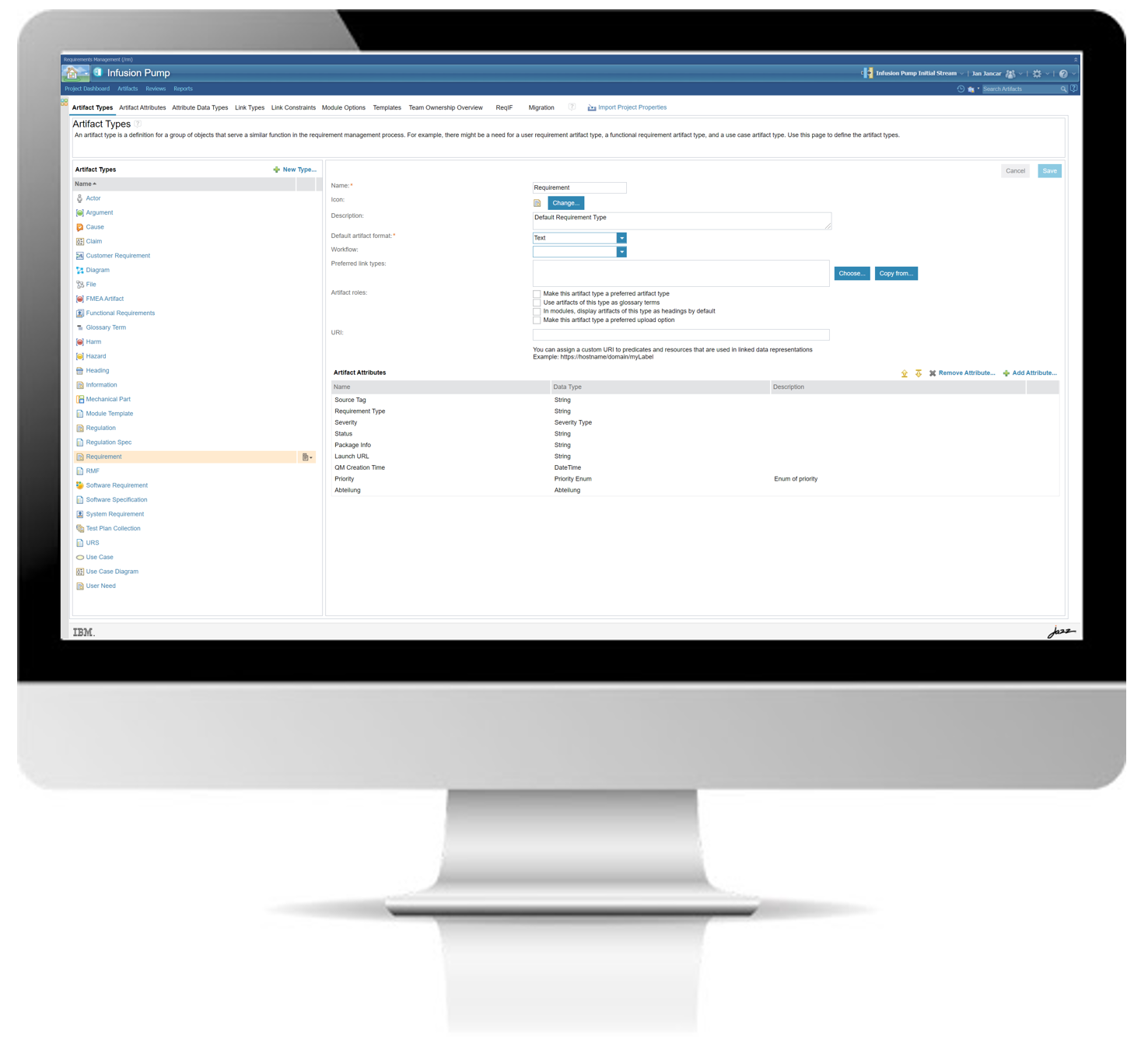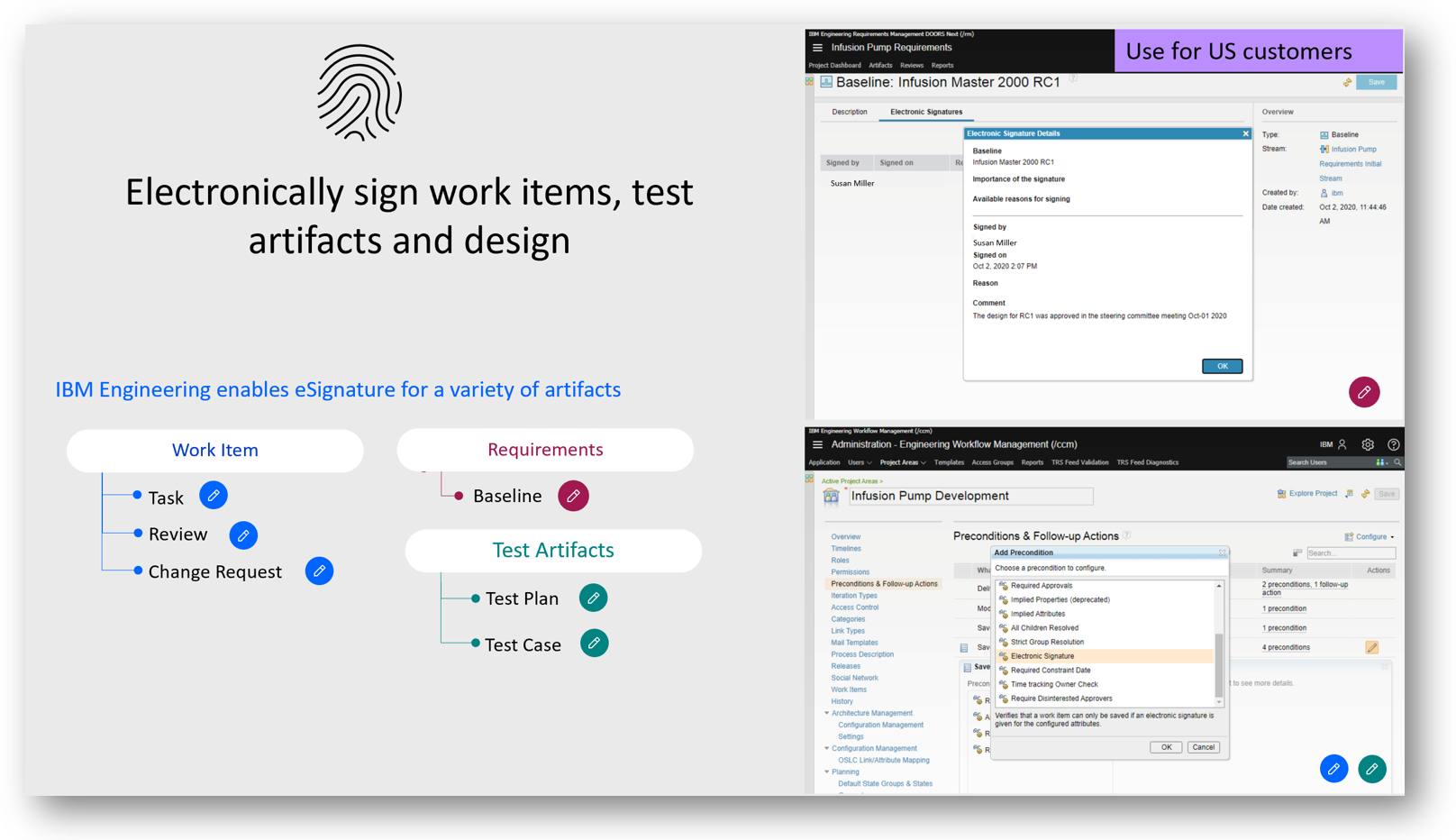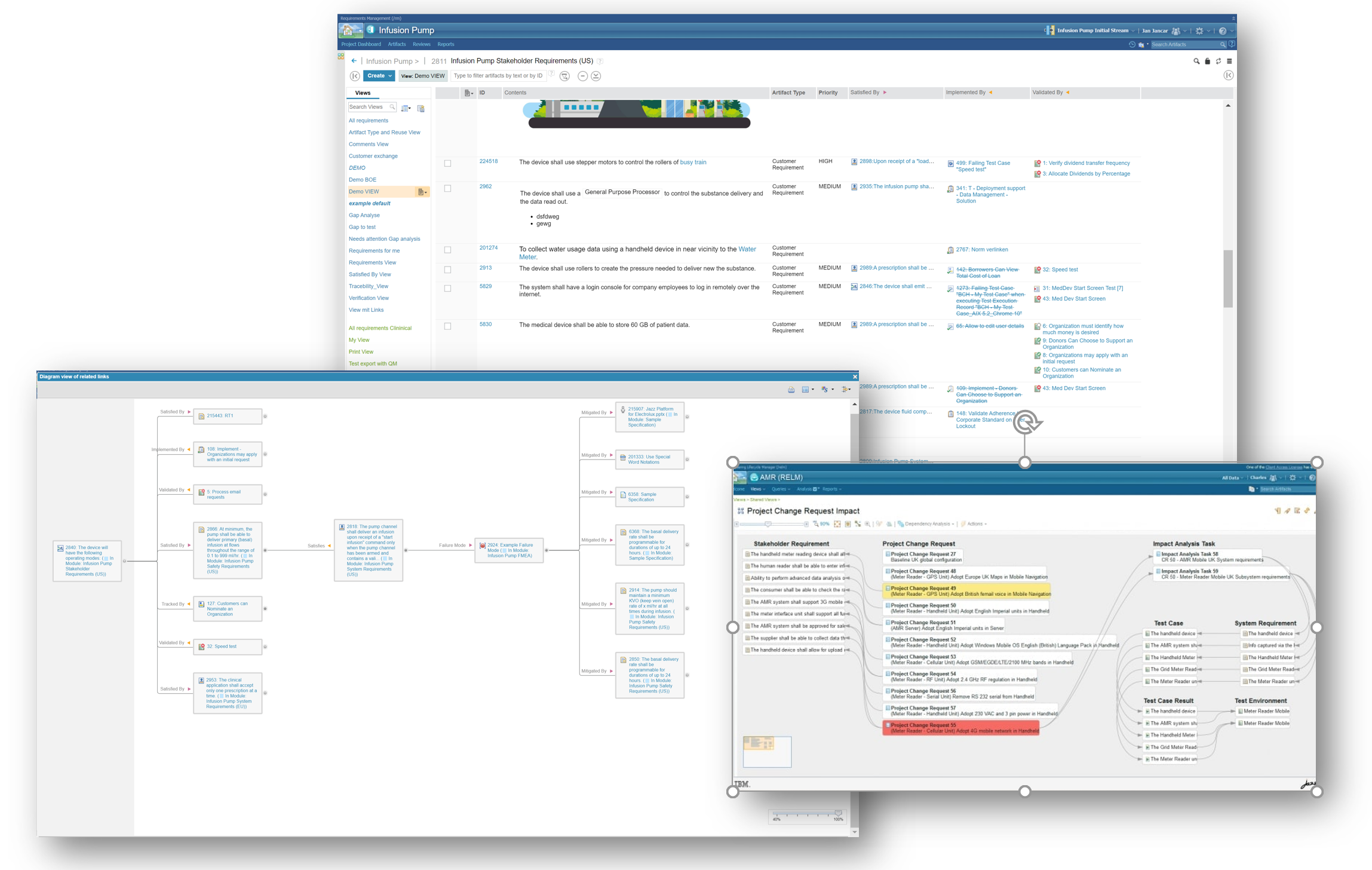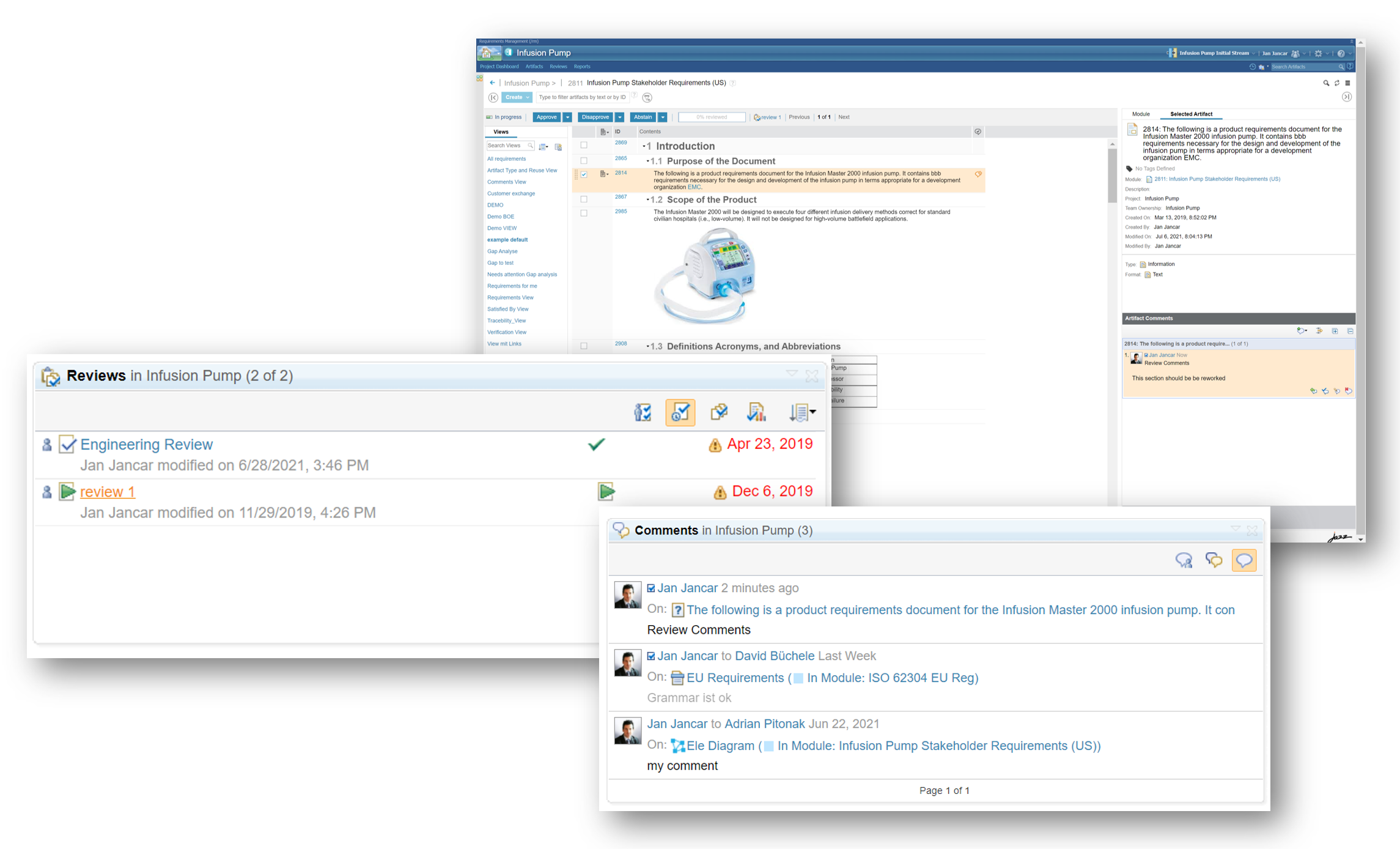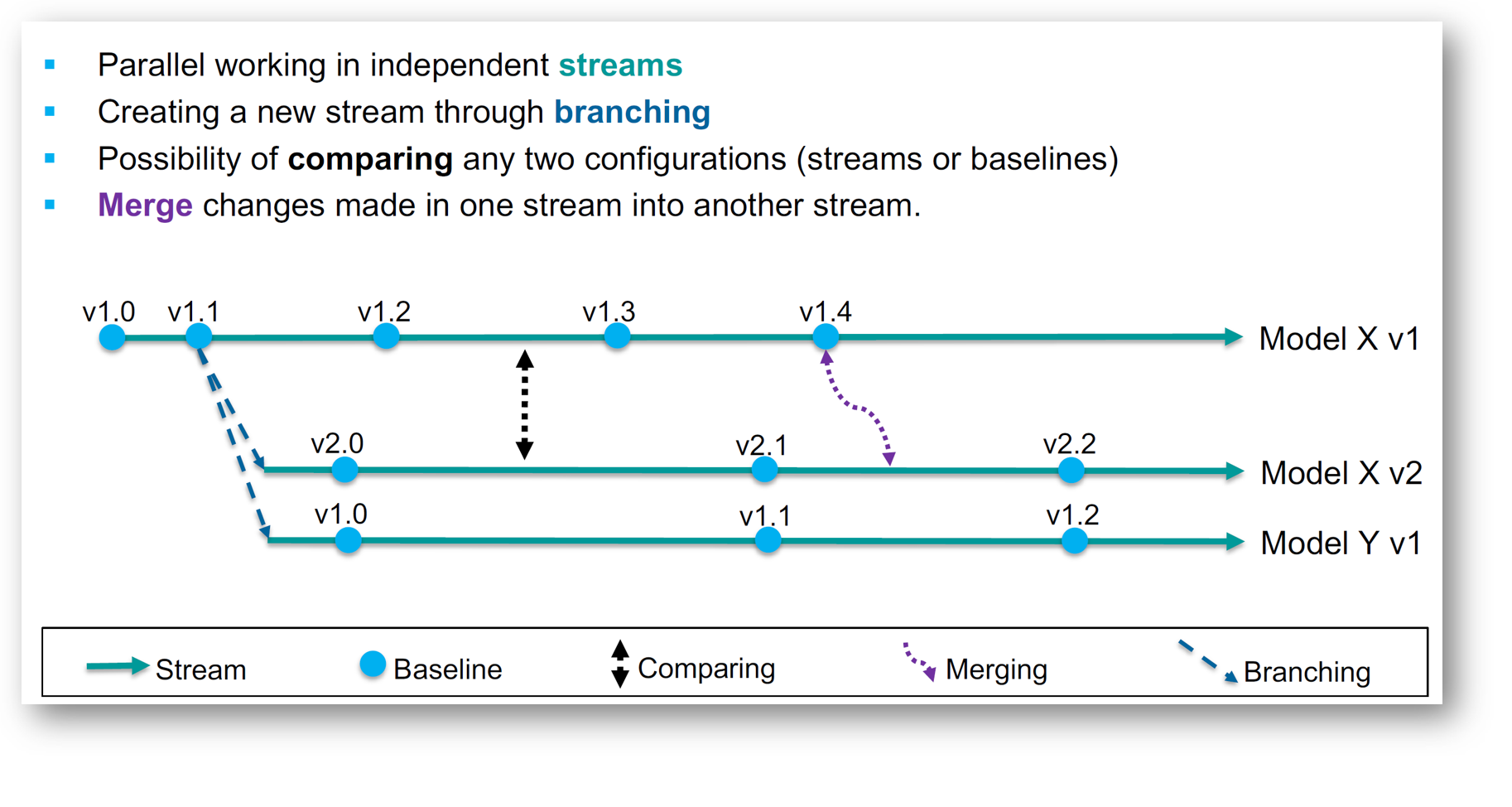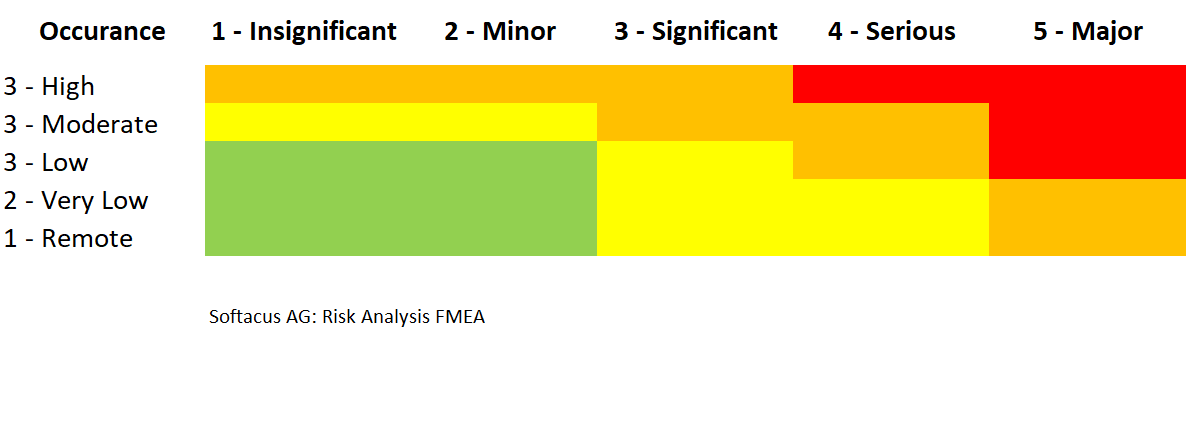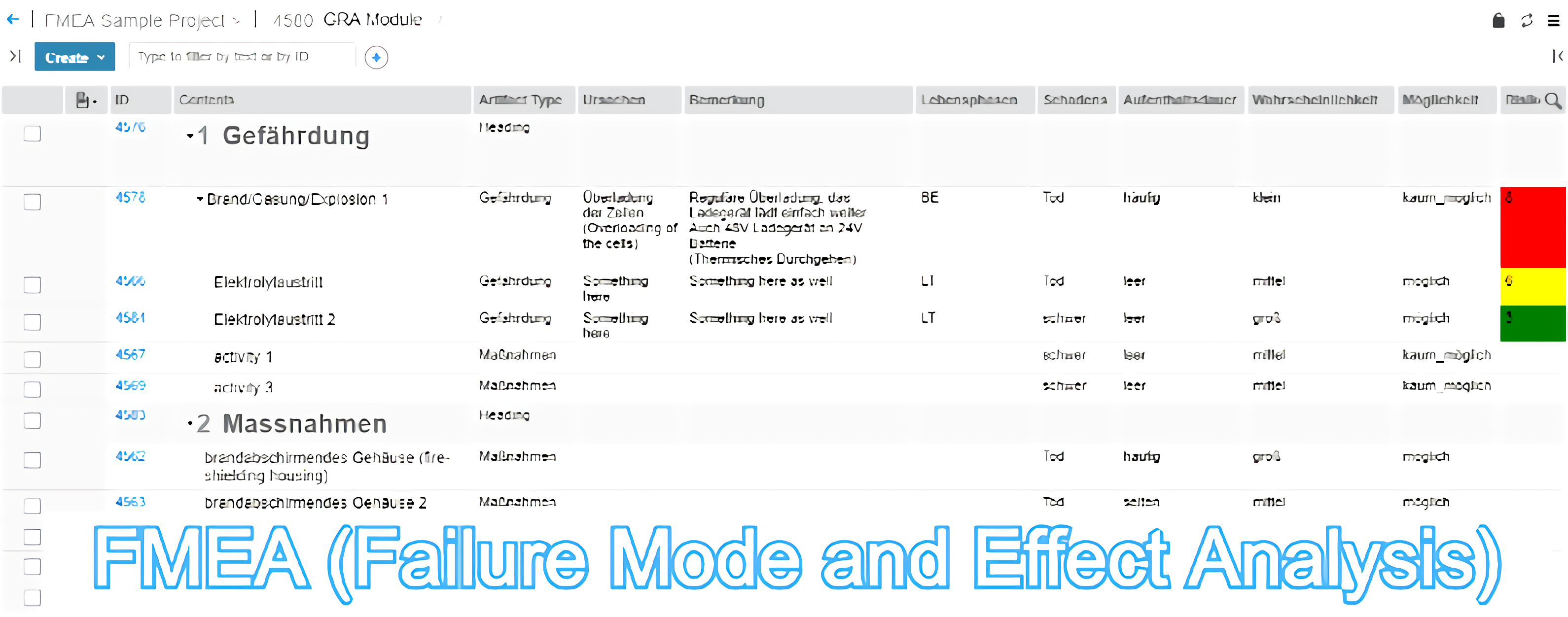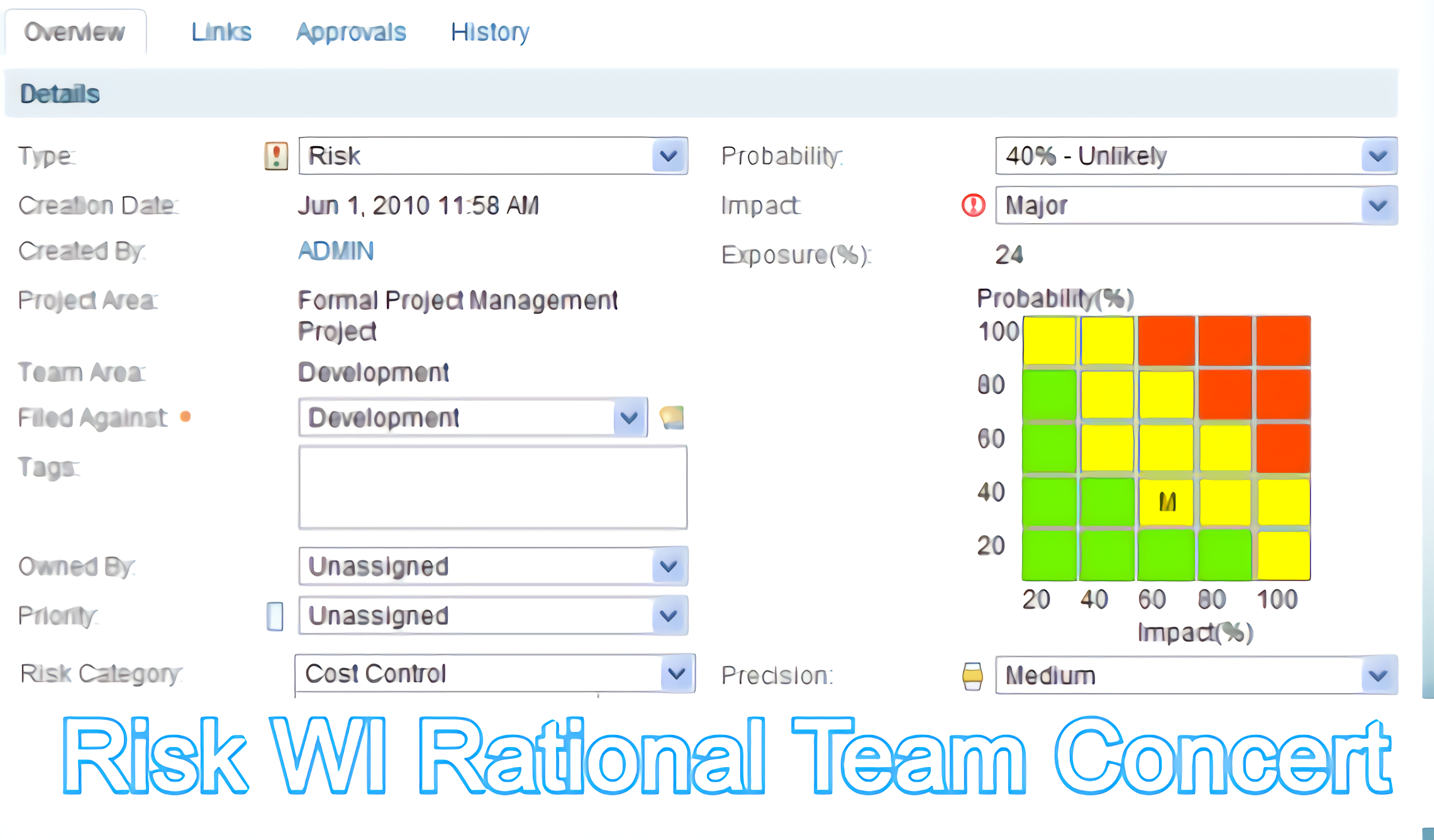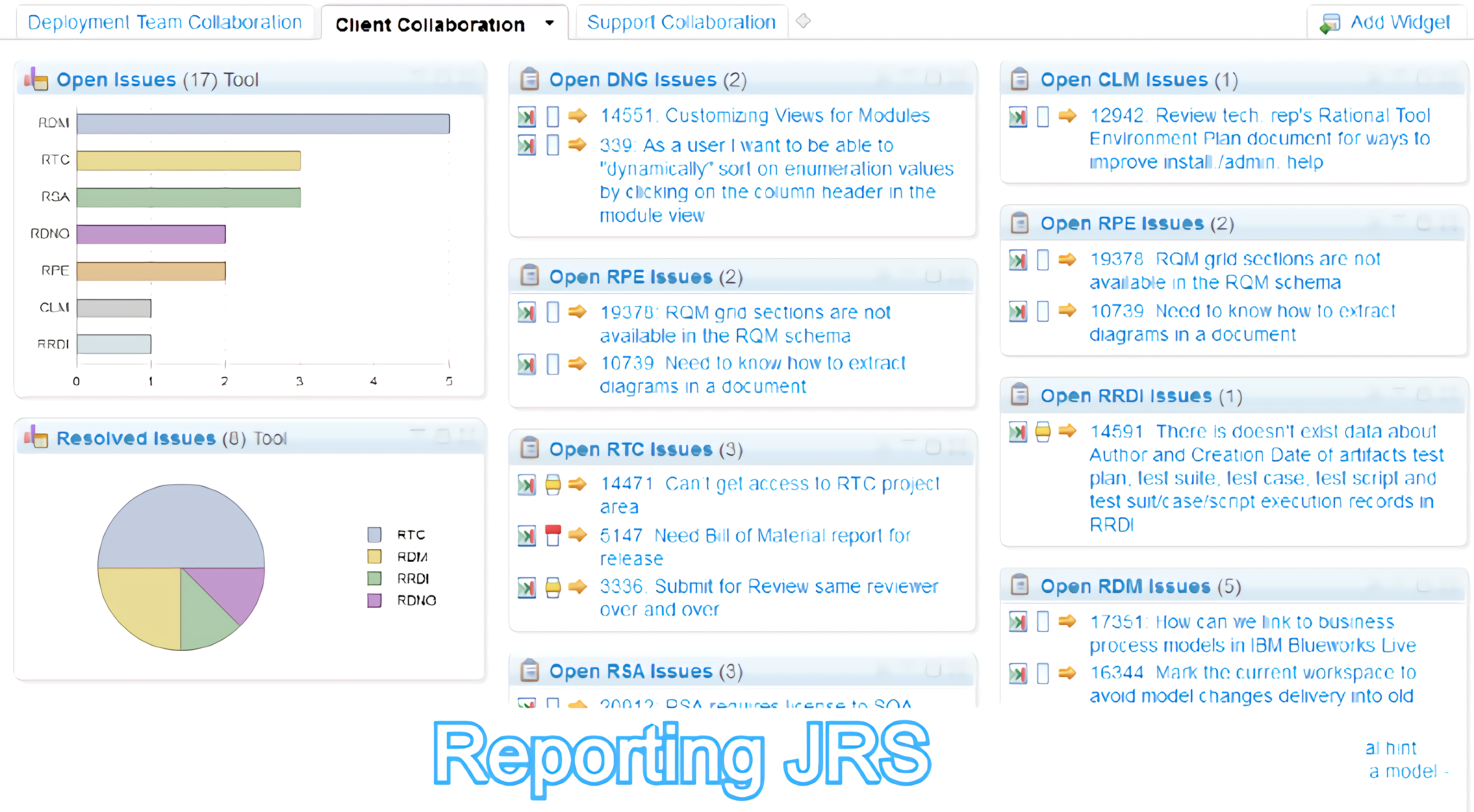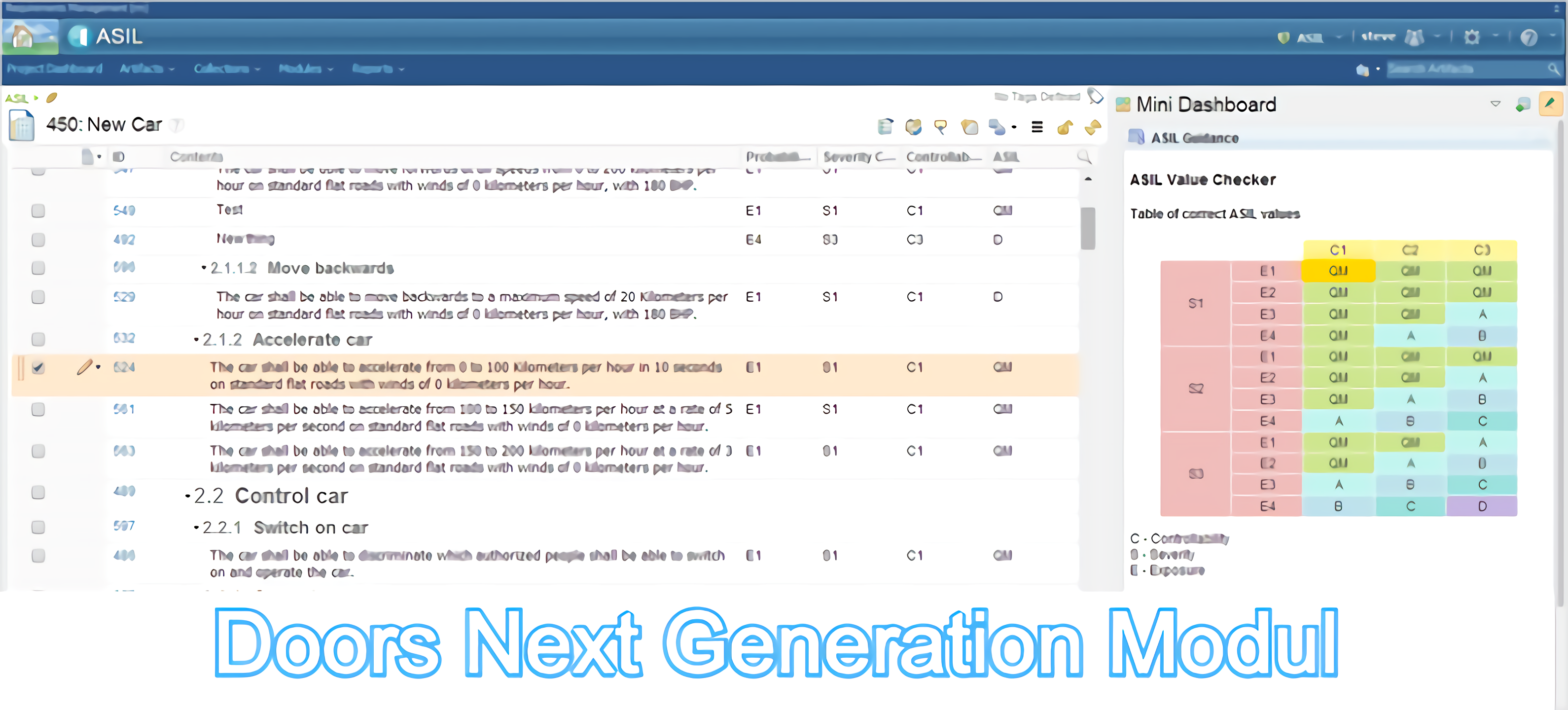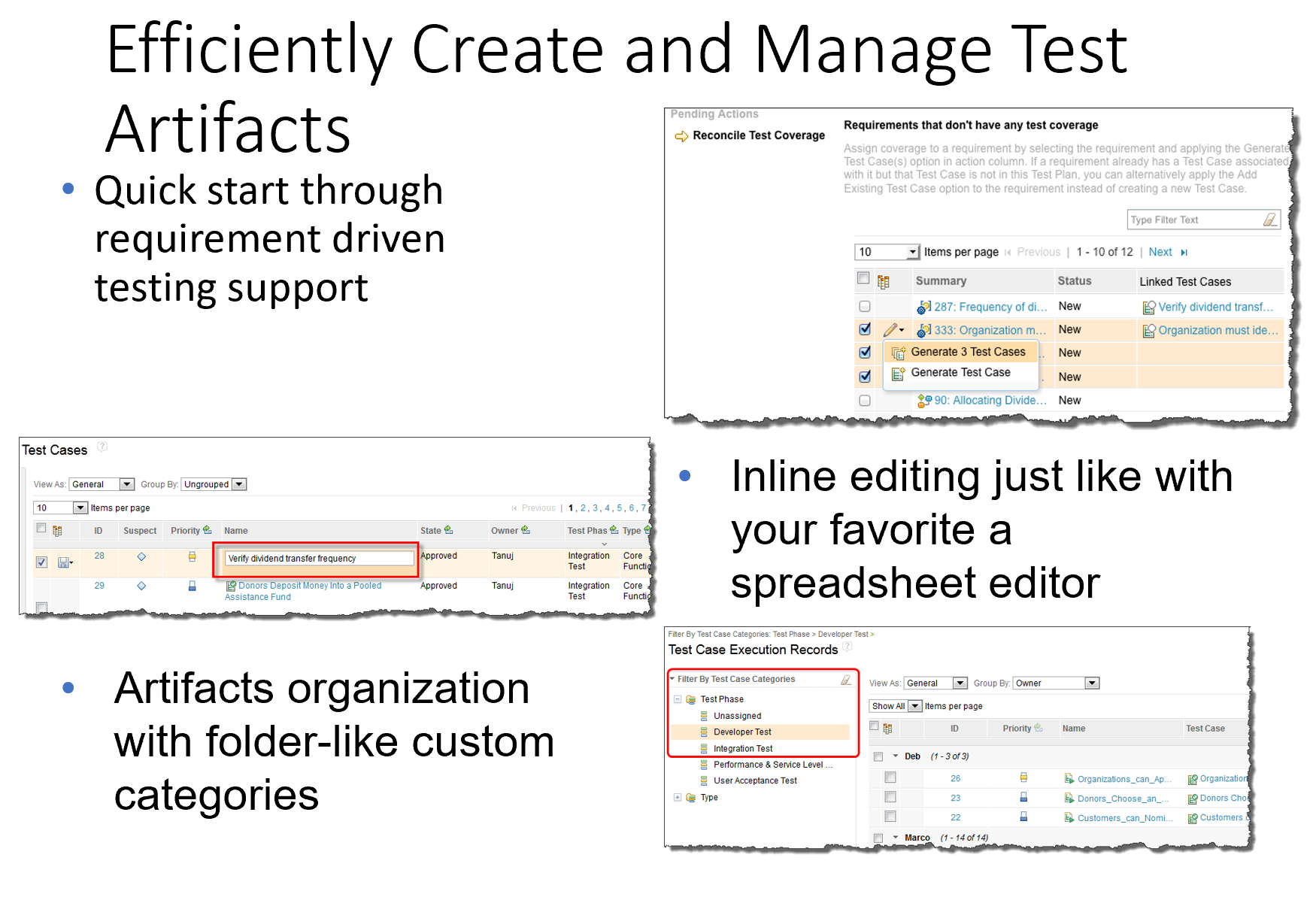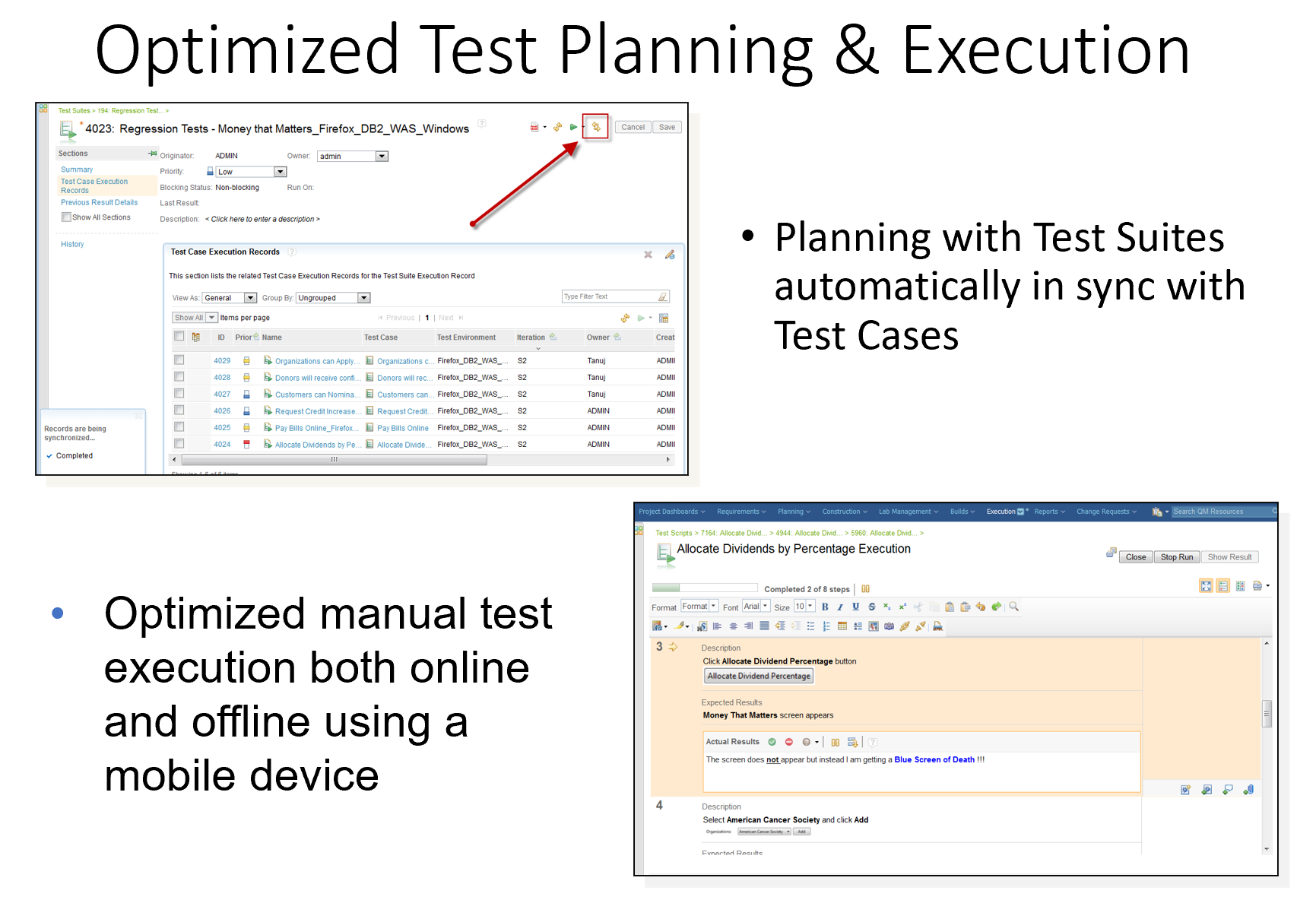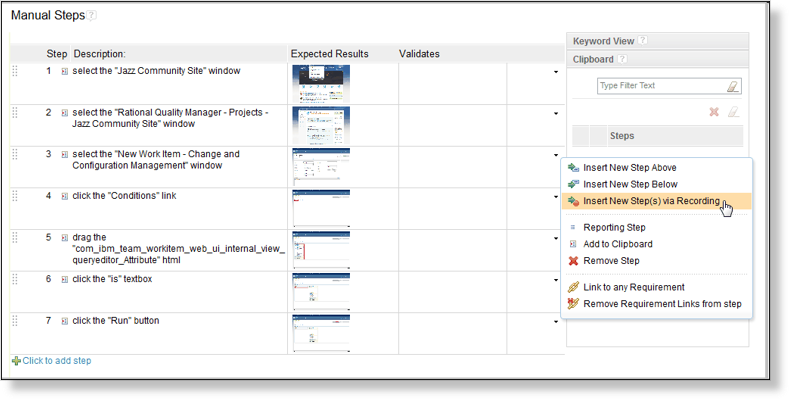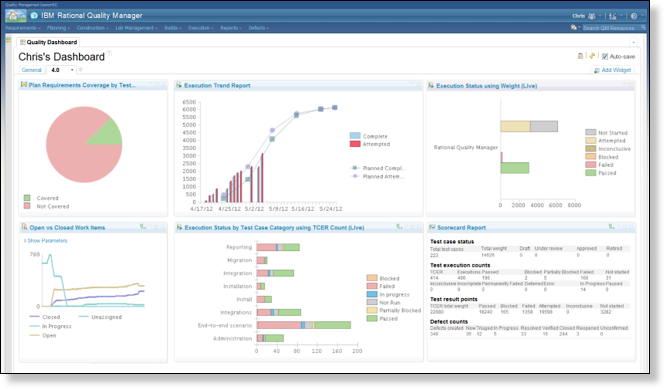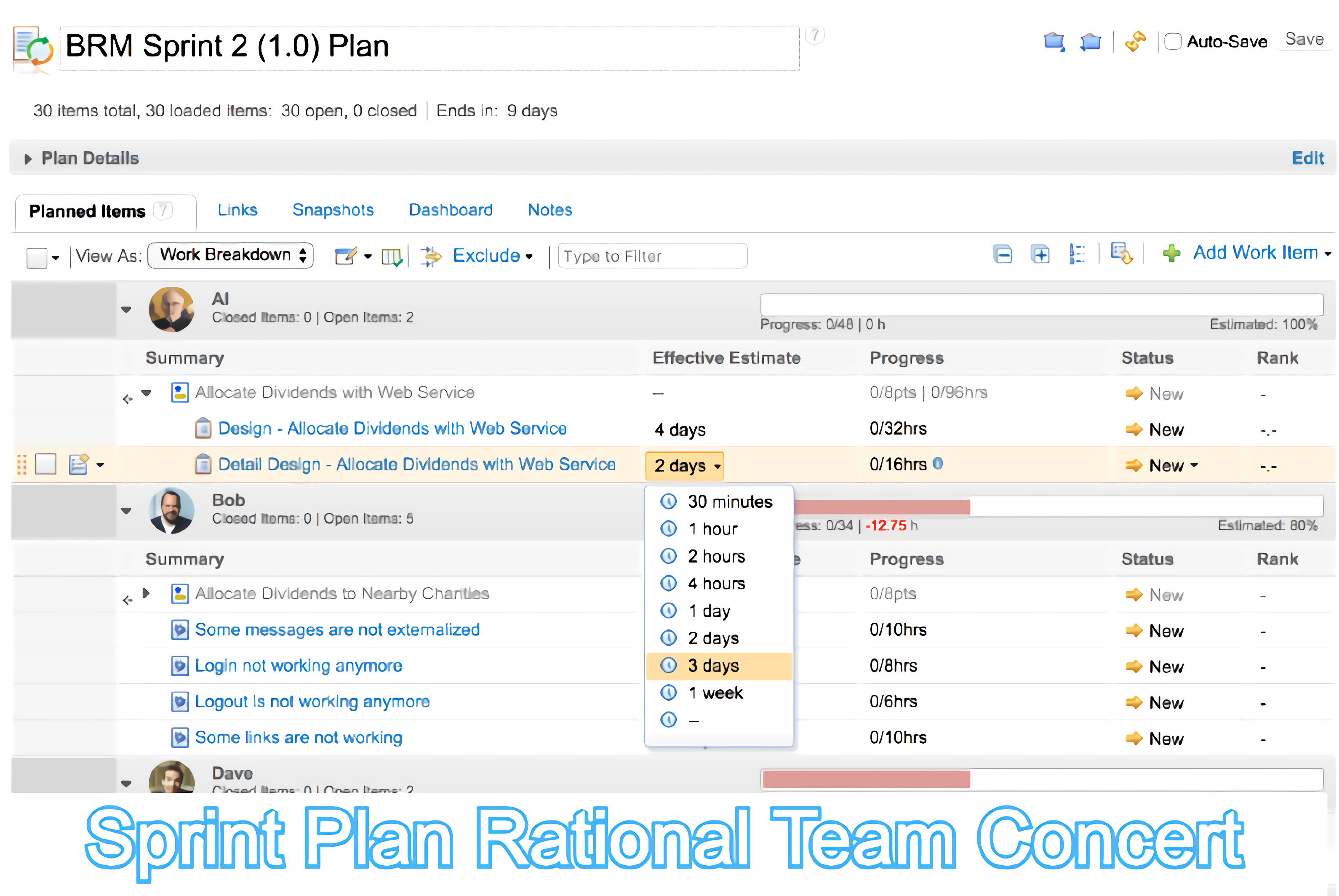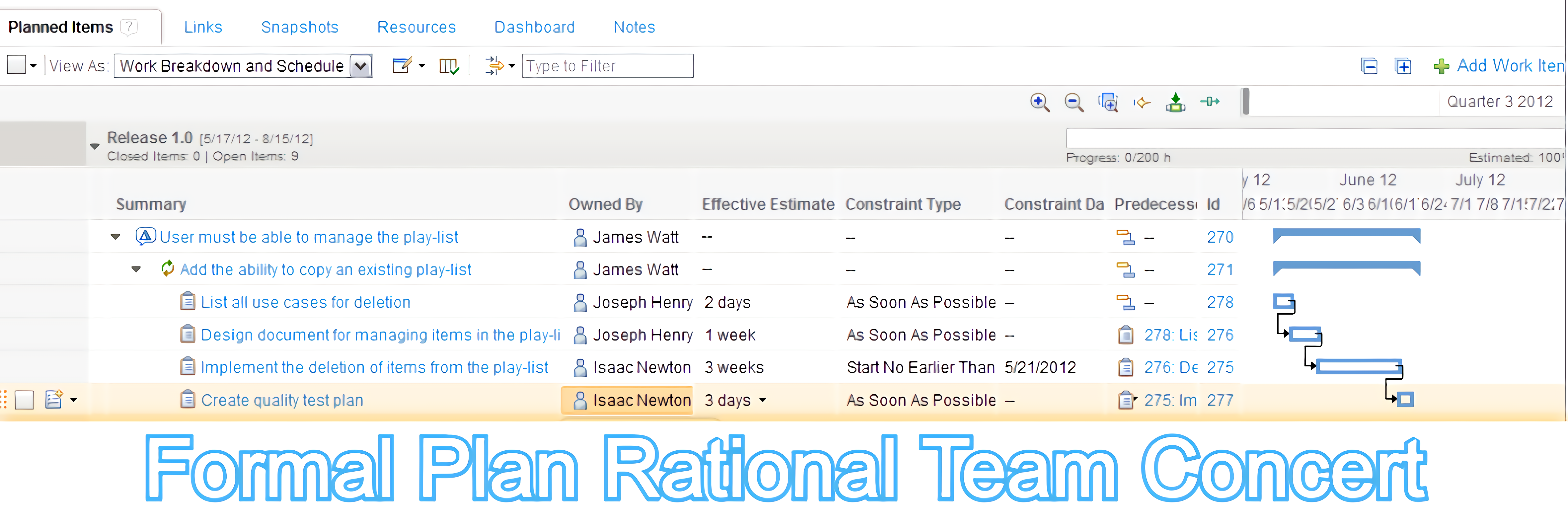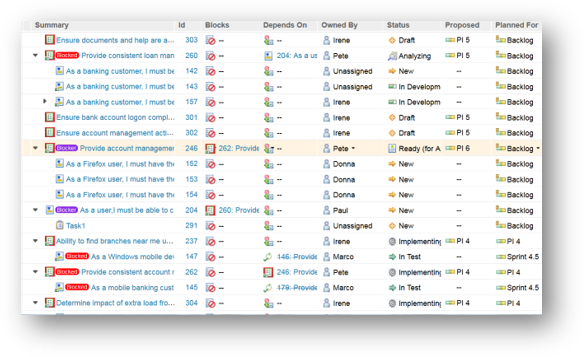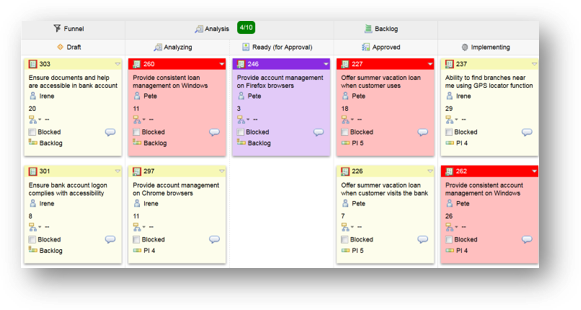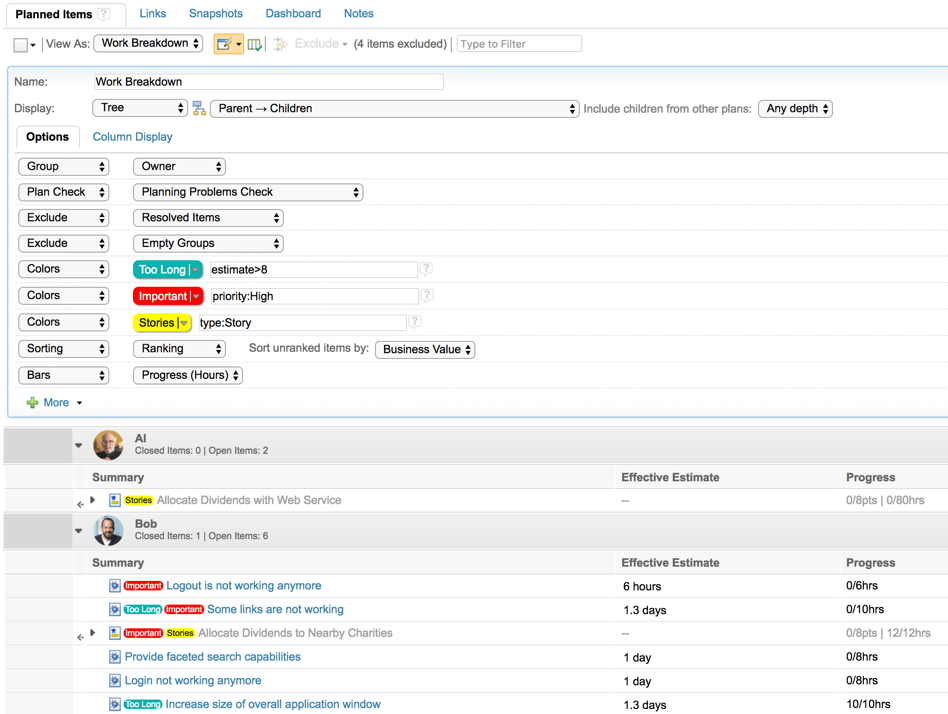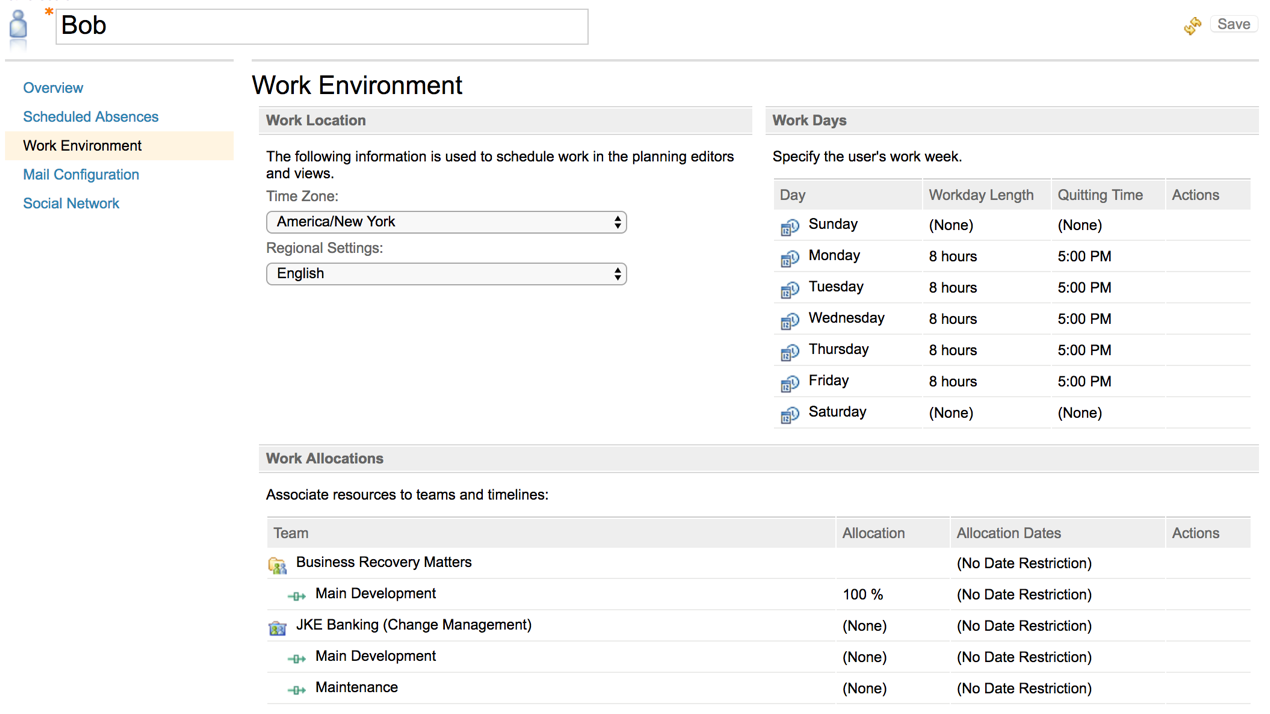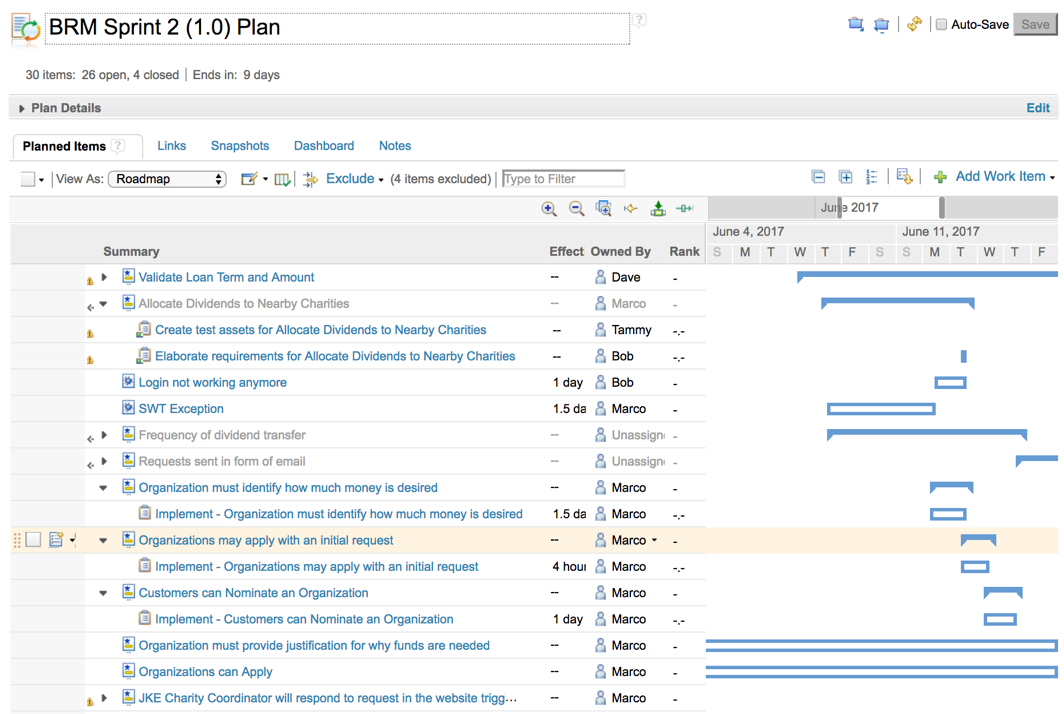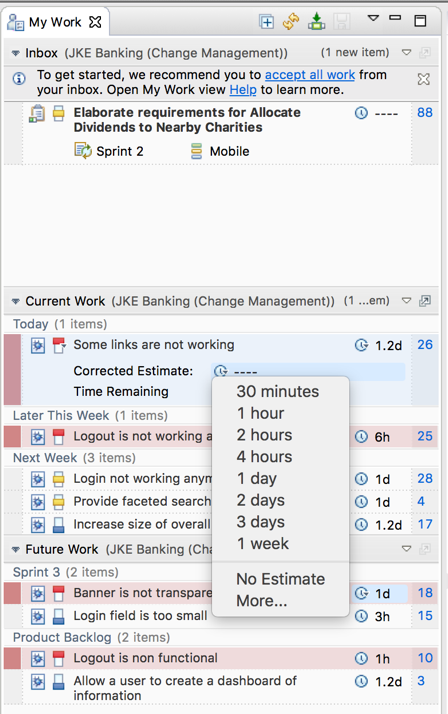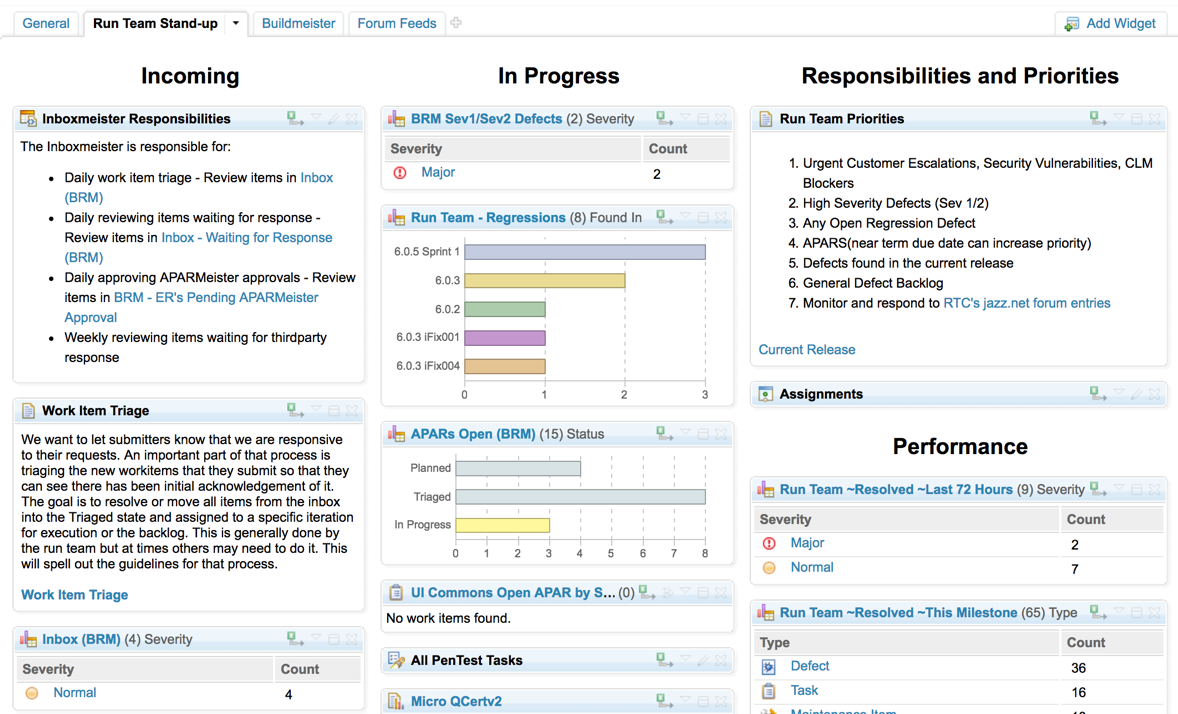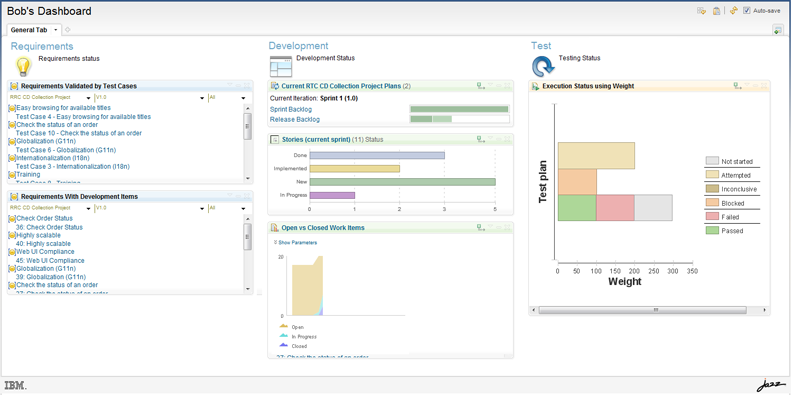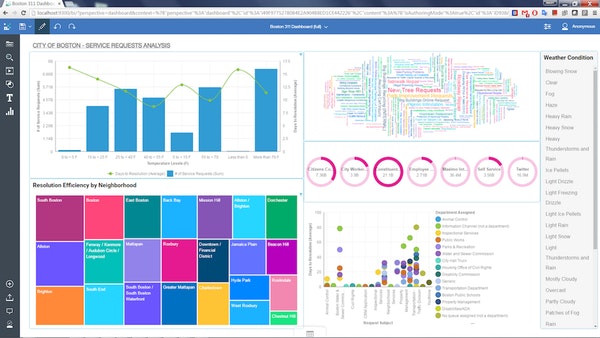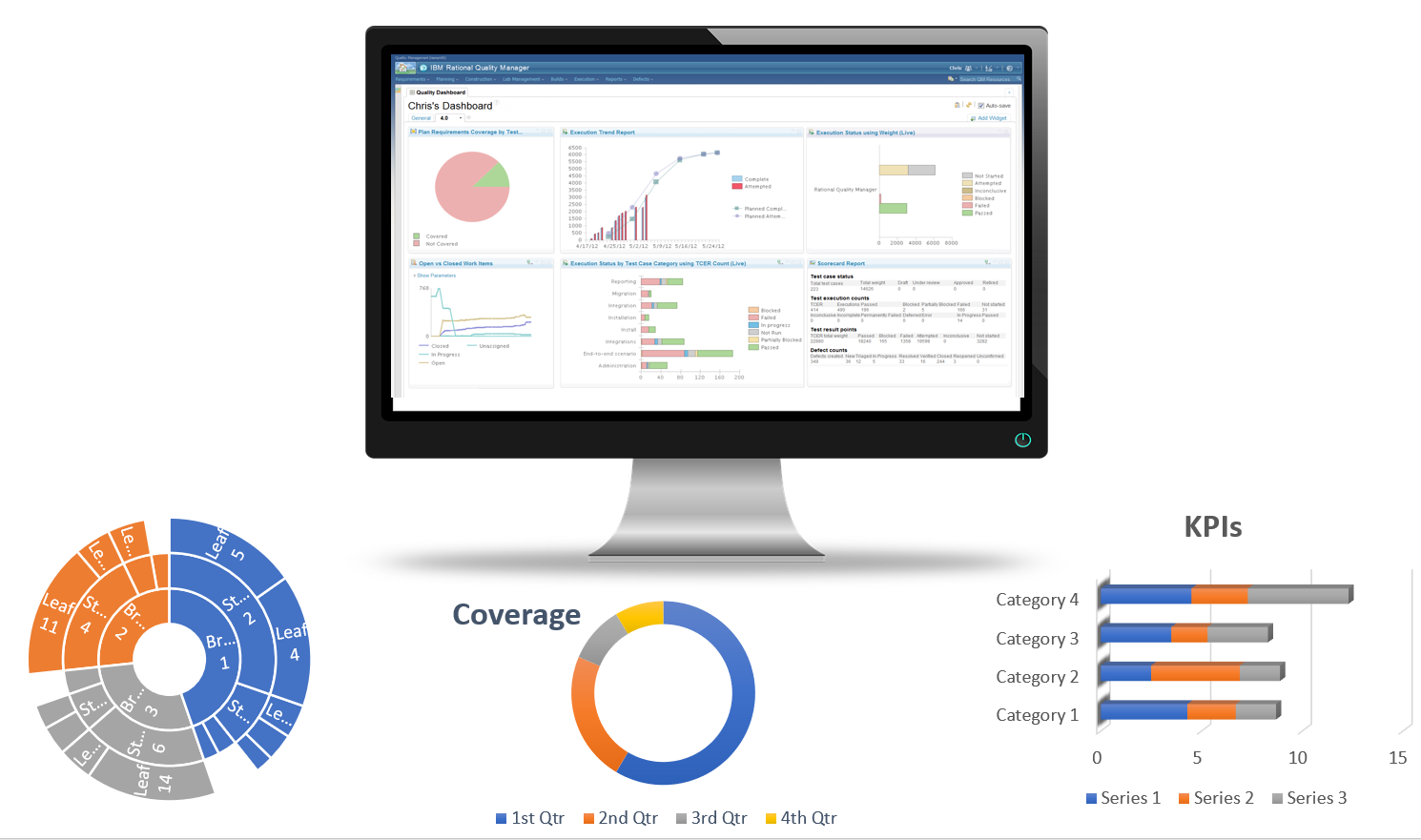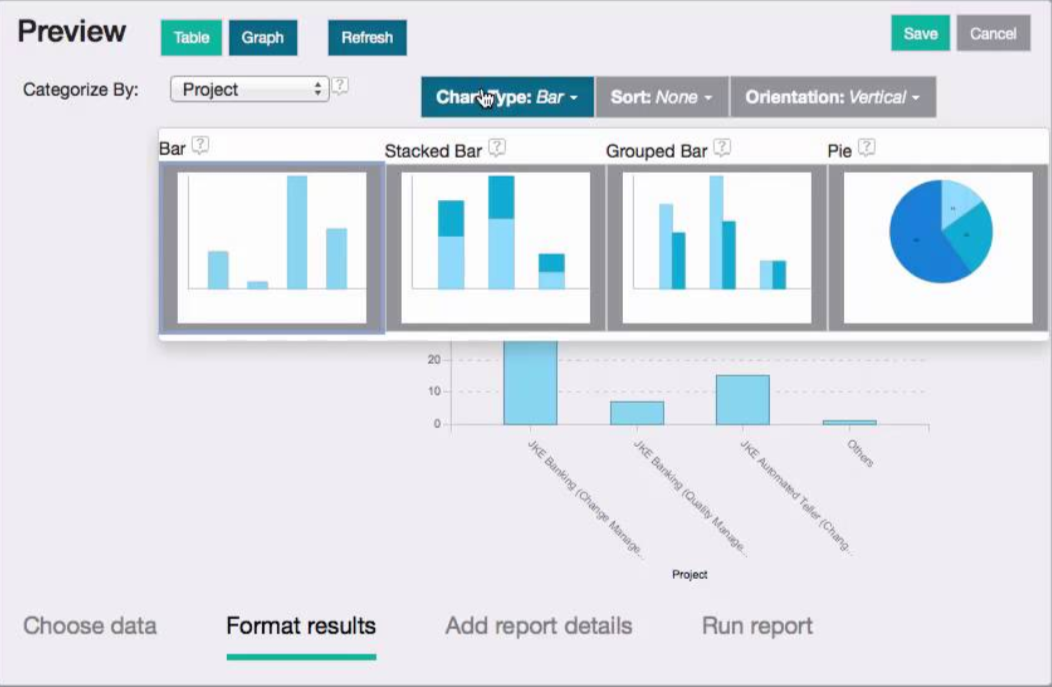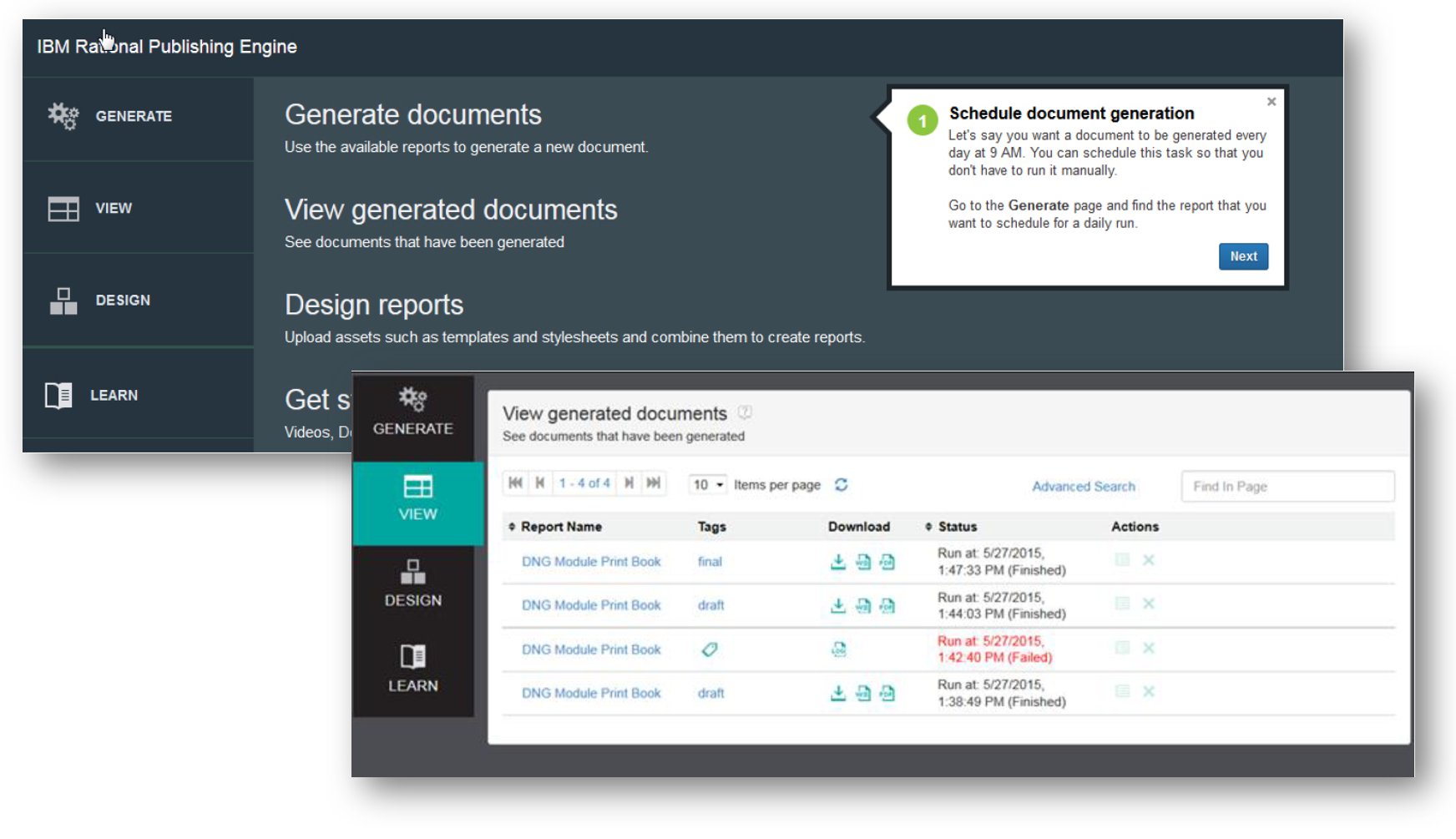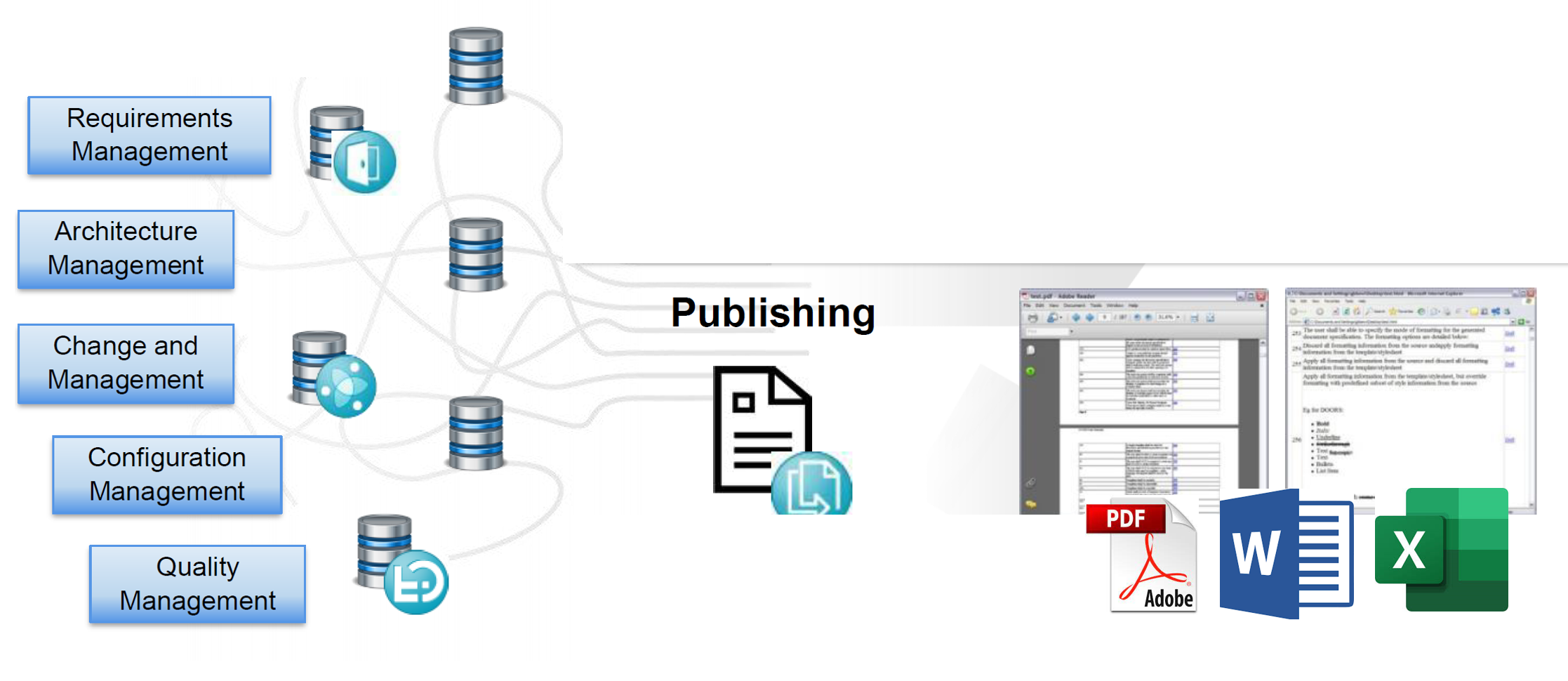DigitizeControlValidateyour lifecycle management process with the best CSV Solution provided by Softacus
Upgrade your old-school software validation methods and enjoy a paperless, error-free, and automated lifecycle management process. Spend more time on value-added activities with our professional IBM Validation Lifecycle Management System.
Find all that you need in one place

Validation
Management

Audits and
Assessments

Features and Functionality

Documentation
supported
Reporting
Engineering Lifecycle Management for Computerized System and Equipment Validation




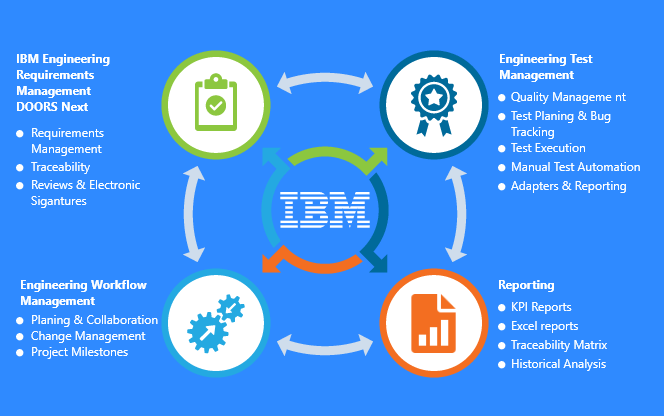
IBM Engineering for Computerized System Validation and Equipment consists of a set of Applications, which include Requirements Management (using IBM Engineering Requirements Management DOORS Next), Validation Management, and workflows deployable in Engineering Workflow Management. It also includes a DOORS project template for medical devices, which contains pre-defined DOORS modules that users can instantiate to deploy DOORS more quickly in projects required to comply with FDA QSR and FDA 21 CFR part 11 requirements. IBM Engineering Requirements Management DOORS Next modules contain a set of defined attributes for the various stages of development in the safety lifecycle, including specification, design, implementation, integration, verification, validation, and production release.




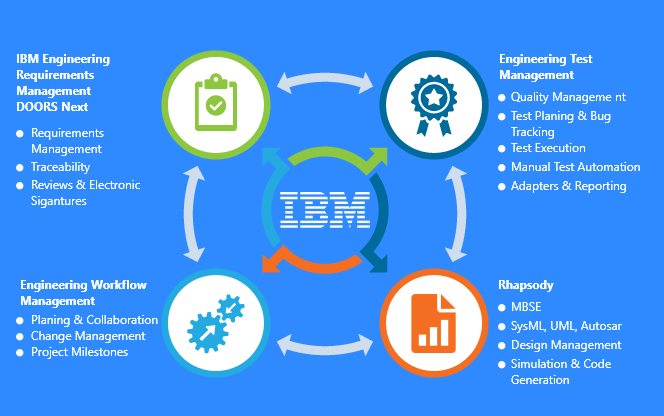
IBM Engineering for Computerized System Validation and Equipment consists of a set of Applications, which include Requirements Management (using IBM Engineering Requirements Management DOORS Next), Validation Management, and workflows deployable in Engineering Workflow Management. It also includes a DOORS project template for medical devices, which contains pre-defined DOORS modules that users can instantiate to deploy DOORS more quickly in projects required to comply with FDA QSR and FDA 21 CFR part 11 requirements. IBM Engineering Requirements Management DOORS Next modules contain a set of defined attributes for the various stages of development in the safety lifecycle, including specification, design, implementation, integration, verification, validation, and production release.
Which benefits can you expect?
- Reducing the costs and spending more time on value-added activities based on paperless execution and automatization.
- Consistency and standardization of CSV Processes.
- Creation of Traceability Matrix Documents with reduced effort.
- Secure and reliable data integration with no issues.
- A document tracking system with detailed audit logs.
- Ability to integrate with change management.
- Efficient cycle times and best data integrity.
- Access to a lot of valuable resources.

If you are a regulated company and the computerized system validation projects have the highest priority, you have to prove if your system or software is performing the way you want. Traditional methods for CSV are routinely paper-based, time-consuming procedures. With digital access to real-time data, you are able to respond to any issues or complaints with accurate action and up-to-date information.
Traceability

Achieve traceability between different versions of Requirements, Functional Specifications, Risk Assessments and Tests
Compliance
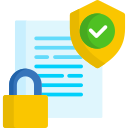
Achieve traceability between different versions of Requirements, Functional Specifications, Risk Assessments and Tests
Digitalization

Achieve traceability between different versions of Requirements, Functional Specifications, Risk Assessments and Tests
Automation

Achieve traceability between different versions of Requirements, Functional Specifications, Risk Assessments and Tests
Collaboration

Achieve traceability between different versions of Requirements, Functional Specifications, Risk Assessments and Tests
Time and Cost Reduction

Achieve traceability between different versions of Requirements, Functional Specifications, Risk Assessments and Tests
Requirement Management
IBM DOORS Next Generation (DNG)
Create your own type of specifications:
- User / Customer Requirements Specification
- Component / Functional Specification
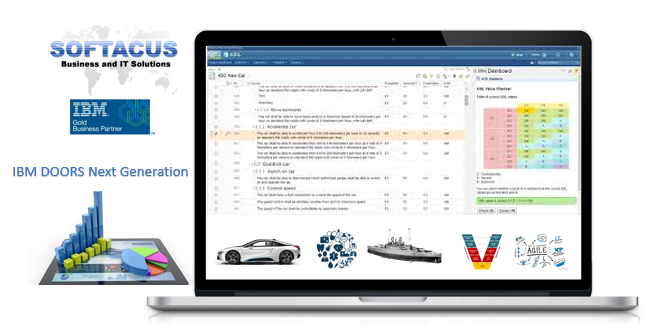
Risk Management
IBM ELM has a capability to perform in IT System Risk Analysis and FMEA
- Calculation of the Risk (Risk Priority Number RPN)
- Link Risk to affected requirements and generate Risk Mitigation Requirements
- FMEA
Calculation of Risk before and after the mitigation.
There are possibilities to create the analysis in 2 ways using the requirements management or workflow management application.
Performed in DNG or EWM
Validation & Testing
Ensure complete test management and analysis from software unit testing to product acceptance testing to meet all requirements visualization

planning
Linked to requirements
Comprehensive test plan
Scope, Timeline, Resources
Risk assessment

Requirement driven testing
Test enviroments coverage
Manual test authoring
Test lab management

Execution
Manual test execution
Drive test automation tools
Record test results
Submit & Track defects

Status and progress tracking
Customizable live dashboard
Compliance and quality audit
Real-time metrics and reports
Planning & Scheduling
Improved Product Quality
with iterative deliveries
Enhanced
Productivity
with optimized work management
Creating
team-centric
enviroment
Enhance
Transparency
to all stakeholders
Align team
with a common mission
focused on producing high quality software
Reporting & Dashboards

The IBM Platform provides out of the box several thousand reports which you can add to your personal, team or project dashboard.

For advanced needs you can create your report in WYSIWYG similar application called IBM® Jazz Reporting Service which provides very simple yet powerful reporting capabilities.
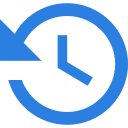
Ready-to-use reports that you can use to share information about your lifecycle management projects or you can create new reports. You can also export the report data to Microsoft Excel or integrate the reports with your dashboards

Ready-to-use reports that you can use to share information about your lifecycle management projects or you can create new reports. You can also export the report data to Microsoft Excel or integrate the reports with your dashboards
Document Generation
IBM Engineering Lifecycle Optimization - Publishing (PUB) is an automated document generation solution that generates documents from IBM Engineering Lifecycle Management products and selected applications from other vendors that use XML and REST interfaces.
With Engineering Publishing, you can:
- Generate documents for everyday use, formal reviews, and compliance with standards
- Create multiple output formats in one generation, including Microsoft Word or Excel, HTML, PDF, and XSL-FO documents
- Schedule reports to run routinely
- Include data from multiple products in one report
- Store and reuse artifacts for any number of reports
- Get reports based on current data as frequently as you like
- Include a range of organization features in your report, such as a table of contents, captions, comments, and more
CSV in V-Diagram and other important terminology
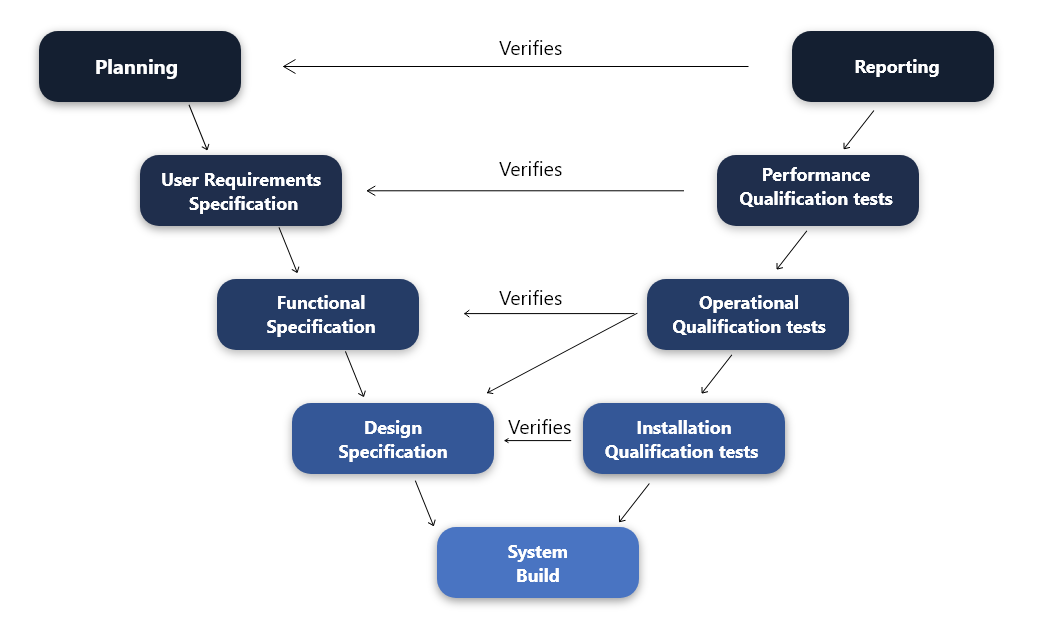
Explore professional IBM computerized system validation tool which supports your projects in all project phases
Explore professional IBM computerized system validation tool which supports your projects in all project phases


PHASE

PHASE



PHASE

